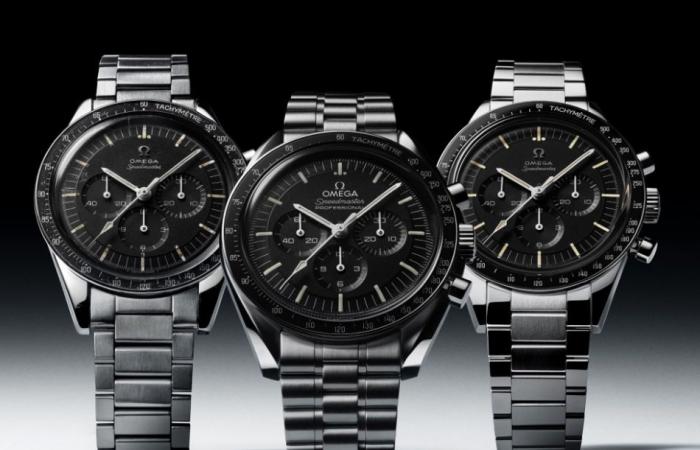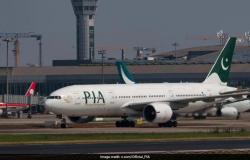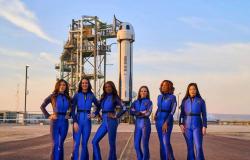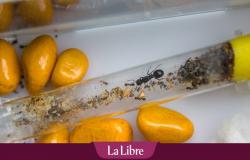To succeed, each watch had to pass all 11 tests.
1. High temperature test:
After enduring 48 hours at 70 ° C, the watches were subjected to 30 minutes at 93 ° C in a partial vacuum. It was during this stage, in a thermal vacuum room, that the watches of the other two brands failed. The Omega Speedmaster is the only watch to have survived the test.
2. Low temperature test:
The watch was exposed for 4 hours to a temperature of -18 ° C.
3. Vacuum test:
The watch was heated in a vacuum bedroom then immediately cooled at -18 ° C for several cycles.
4. Humidity test:
An environment with a humidity of 95% was simulated with temperatures ranging from 25 to 70 ° C. The watch had to survive there for ten 24 -hour cycles.
5. Corrosion test:
The watch was subjected to an oxygen atmosphere at 70 ° C for 48 hours.
6. Shock resistance test:
Reproducing the rigor of travel in space, the watch underwent six 40 g shocks in six different directions.
7. Acceleration test:
The watch underwent gradual acceleration up to 7.25 g for about five minutes, then up to 16 g for 30 seconds, on three axes.
8. Low pressure test:
The watch was subjected to a pressure of 10-6 atmospheres at 70 ° C for 90 minutes, then at 93 ° C for 30 minutes.
9. High pressure test:
The watch was subjected to an air pressure of 1.6 atmosphere for 60 minutes.
10. Test de vibration :
To simulate the extreme conditions of a launch of the spaceship, the watch was subjected to random vibrations on three axes between 5 and 2,000 Hz, with an acceleration of 8.8 G.
11. Acoustic test:
To ensure its reliability in a strong sound load environment, the watch was subjected to 130 decibels at frequencies ranging from 40 to 10,000 Hz, for 30 minutes.
-
--
-








